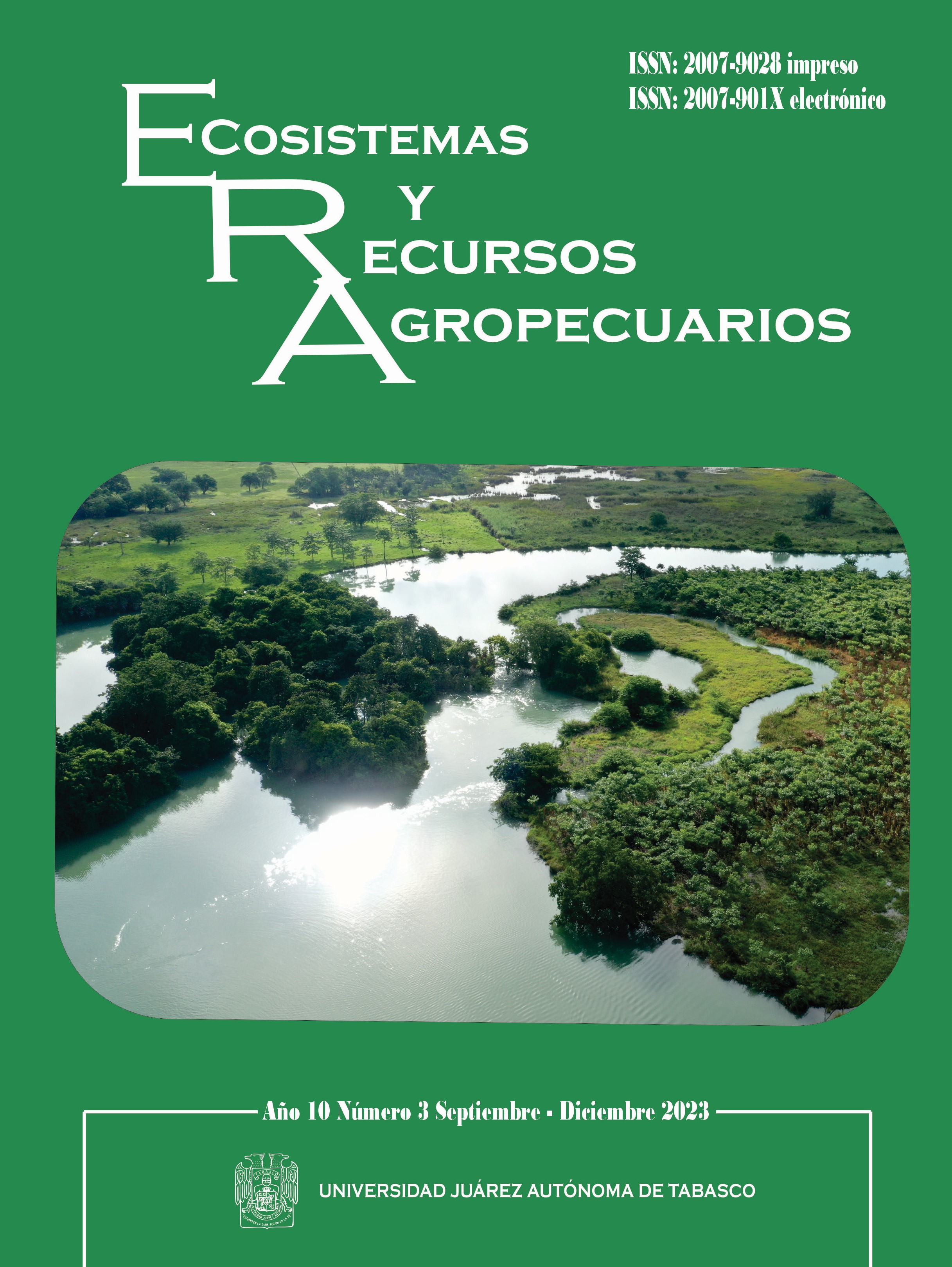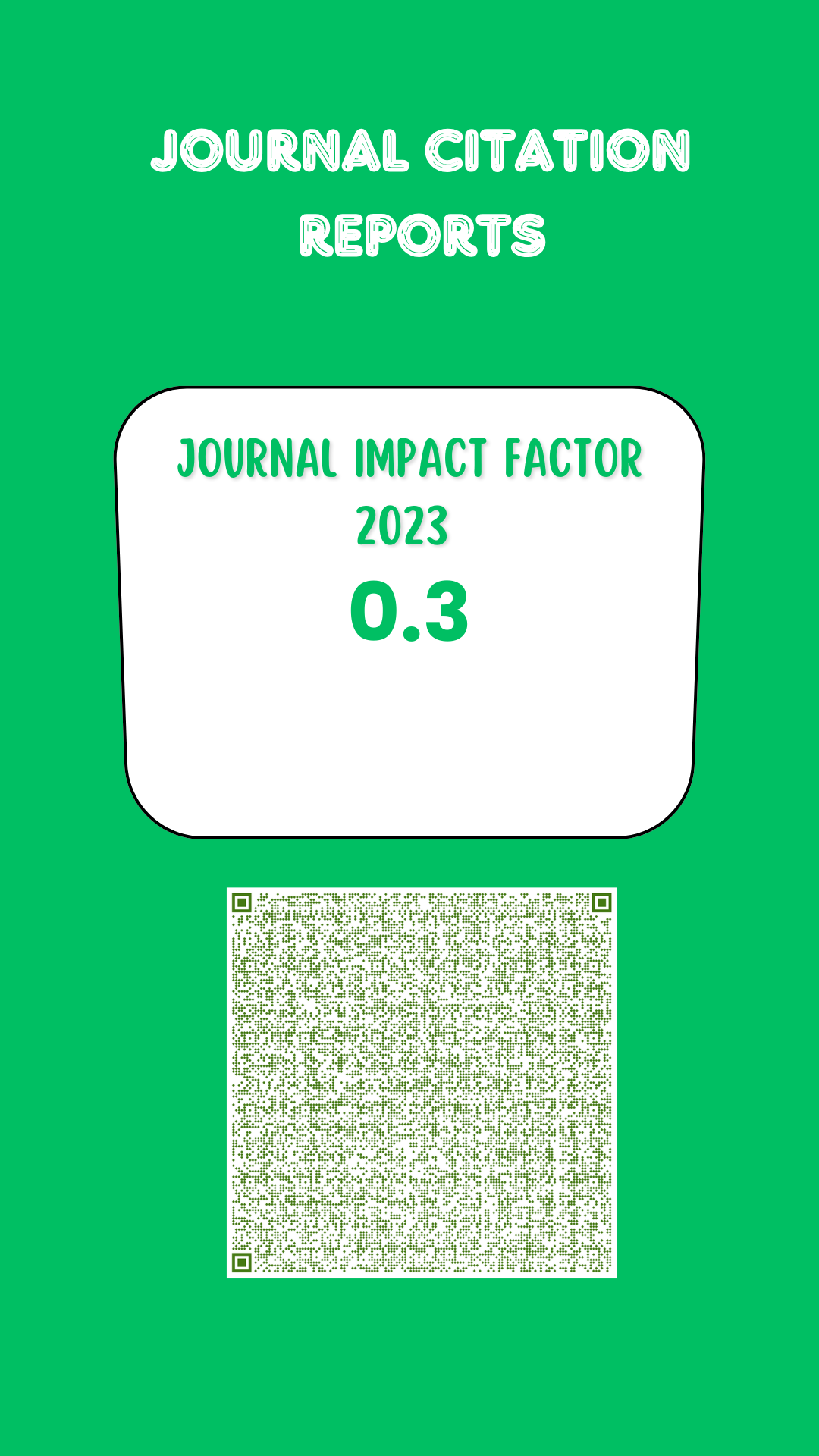Management of an urban lagoon. Study case: Ilusiones Lagoon, Tabasco, Mexico
DOI:
https://doi.org/10.19136/era.a10n3.3756Keywords:
Urban lake, flood, HEC-RAS, numerical simulation, riskAbstract
As a delta, Tabasco, located in the Mexican southeast, is susceptible to flooding. The city of Villahermosa, the capital of Tabasco, is not an exception. The most recent event occurred in November 2020, when an excess of rain provoked an urban lagoon to exceed its levels. The lagoon discharges at a river by a diversion channel controlled by a culvert. To analyze it, a hydraulic model -HEC RAS V6.0- was used. Precipitation, flow, and level data recorded during 2020 were used to simulate four scenarios: I) one culvert of 1.5 m x 1.75 m (current situation); II) three culverts of 1.5 m x 1.75 m; III) three culverts of 2 m x 2.5 m; and IV) one culvert of 10 m x 2.5 m. The dimensions of the culverts were subject to the available physical space of the discharge channel. It was found that the best performance was achieved with scenario II. This result is contrasting because this alternative is not the largest as might be expected; it is also encouraging because it improves the performance of this lagoon. With this proposal, we reduce the damage by 75.31%, which means 296 homes are protected. Finally, the proposed methodology can guide designers and decision-makers to evaluate hydraulic works in urban lagoons like those presented in this work.
Downloads
References
Amoako C, Inkoom DKB (2018) The production of flood vulnerability in Accra, Ghana: Re-thinking flooding and informal urbanization. Urban Studies 55: 2903-2922.
Beleño de Oliveira AK, Rezende OM, Martins-de-Sousa M, Nardini A, Miguez MG (2019) An alternative flood model calibration strategy for urban watersheds: The case study of Riohacha, Colombia. Water Science and Technology 79: 2095-2105.
Brunner GW (2020) HEC-RAS 2D User’s Manual. Hydrologic Engineering Center. U.S. Army Corps, USA, 732p.
https://www.hec.usace.army.mil/confluence/rasdocs/r2dum/latest. Data consulted: Jun 10, 2022.
Dottori F, di Baldassarre G, Todini E (2013) Detailed data is welcome, but with a pinch of salt: Accuracy, precision, and uncertainty in flood inundation modeling. Water Resources Research 49: 6079-6085.
Flores CM, del Angel E, Frías DM, Gómez AL (2018) Evaluación de parámetros fisicoquímicos y metales pesados en agua y sedimento superficial de la Laguna de las Ilusiones, Tabasco, México. Tecnología y Ciencias del Agua 9: 39-57.
Gianello D, Ávila-Hernández E, Aguer I, Crettaz-Minaglia MC (2019). Water quality assessment of a temperate urban lagoon using physico-chemical and biological indicators. S.N. Applied Sciences 1(5): 470. DOI: 10.1007/s42452-019-0469-5.
Giang N B, Tuan T N, Tin H C, Chung D T, Ni T N K, Binh N H, Khuyen N T B (2023) Current plastic waste status and its leakage at Tam Giang-Cau Hai Lagoon System in Central Vietnam. Urban Science 7(3): 89. DOI: 10.3390/urbansci7030089.
Gupta AK, Nair SS (2011) Urban floods in Bangalore and Chennai: risk management challenges and lessons for sustainable urban ecology. Current Science 100: 1638-1645.
Gutiérrez-García JV, Rubiños-Panta JE, Fernández-Reynoso DS, Ramírez-Ayala C, Roblero-Hidalgo R, Gutiérrez- García FG, Romero-Sánchez ME (2022) Modelación hidráulica en Iber para prevención de inundaciones en la cuenca Tesechoacán. Revista Mexicana de Ciencias Forestales 13: 159-181.
Gutierrez-Lopez A (2022) Methodological guide to forensic hydrology. Water 14(23). DOI: 10.3390/w14233863.
Halwatura D, Najim MMM (2013) Application of the HEC-HMS model for runoff simulation in a tropical catchment. Environmental Modelling and Software 46: 155-162.
Hansen AM, van-Afferden M, Torres-Bejarano F (2007) Saneamiento del vaso Cencali, Villahermosa, Tabasco. I. Contaminación y reúso de sedimentos. Ingeniería Hidráulica en México 22: 87-102.
INEGI (2020) México en Cifras. https://www.inegi.org.mx/app/areasgeograficas/#collapse-Mapas. Data con- sulted: July 10, 2022.
Jerez-Ramírez NA, Arriaga-Weiss SL, Ruiz-Campos G, Gama-Campillo LM, Salcedo-Mesa MÁ, Villanueva- García C, Valdez-Leal J de D (2023) Composition and spatiotemporal diversity of the aquatic bird community in Laguna de las Ilusiones, Tabasco, Mexico. Ciencias Marinas 49. DOI: 10.7773/cm.y2023.3355.
Liu Z, Merwade V, Jafarzadegan K (2019) Investigating the role of model structure and surface roughness in generating flood inundation extents using one- and two-dimensional hydraulic models. Journal of Flood Risk Management 12(1): e12347. DOI: 10.1111/jfr3.12347.
Mel RA, Viero DP, Carniello L, D’Alpaos L (2020) Optimal floodgate operation for river flood management: The case study of Padova (Italy). Journal of Hydrology: Regional Studies 30. DOI: 10.1016/j.ejrh.2020.100702.
Moreira TM, Faria JG, Vaz-de-Melo PO S, Chaimowicz L, Medeiros-Ribeiro G (2021) Prediction-free, real-time flexible control of tidal lagoons through proximal policy optimisation: A Case study for the Swansea Lagoon. http://arxiv.org/abs/2106.10360. Data consulted: September 1, 2023.
Namara WG, Damisse TA, Tufa FG (2022) Application of HEC-RAS and HEC-GeoRAS model for flood inundation mapping, the case of Awash Bello Flood Plain, Upper Awash River Basin, Oromiya Regional State, Ethiopia. Modeling Earth Systems and Environment 8: 1449-1460.
Paul MJ, Meyer JL (2008) Streams in the urban landscape. In: Marzluff J, Schulenberger E, Endlicher W, Alberti M, Bradley G, Ryan C, Simon U, ZumBrunnen C (eds) Urban ecology. Springer, New York. United States of America. pp: 207-231.
Plesin ́skiKK,Radecki-PawlikA,Rivera-TrejoF(2022)Using1Dand2Dcomputermodelswhenpredictinghydro- dynamic and morphological parameters of a boulder block ramp: Poniczanka stream, Carpathians. Journal of Water and Land Development, Special Issue: 34-48. DOI: 10.24425/jwld.2022.143719.
QGIS Development Team (2022) QGIS Geographic Information System. http://www.qgis.org. Data consulted: July 1, 2022.
Rangari VA, Umamahesh NV, Bhatt CM (2019) Assessment of inundation risk in urban floods using HEC RAS 2D. Modeling Earth Systems and Environment 5: 1839-1851.
Ricardez G, López G, Bautista G, Torres C (2016) Laguna de las Ilusiones y su entorno urbano: Aguas residuales, urbanas y sedimentos. Kuxulkab XXII(43): 27-38.
Rivera-Trejo F, Radecki-Pawlik A, Filipczyk J, Priego-Hernández G, Soto-Cortes G (2022) On predicting of some consequences of planned dam construction in a pristine sand-gravel river large catchment: Rio San Pedro, Nayarit, Northwest Mexico. Ecological Engineering 184: 106785. DOI: 10.1016/j.ecoleng.2022.106785.
SMN (2022) Información Estadística Climatológica. https://smn.conagua.gob.mx/es/climatologia/informacion- climatologica/informacion-estadistica-climatologica. Data consulted: July 15, 2022.
Suriya S, Mudgal BV (2012) Impact of urbanization on flooding: The Thirusoolam sub watershed - A case study. Journal of Hydrology 412-413: 210-219.
Tingsanchali T (2012) Urban flood disaster management. Procedia Engineering 32: 25-37.
Walsh CJ, Roy AH, Feminella JW, Cottingham PD, Groffman PM, Morgan RP (2005) The urban stream syndrome: current knowledge and the search for a cure. Journal of the North American Benthological Society 24: 706- 723.
Zequeira C, Castillo O (2015) Programa de manejo y conservación de la reserva ecológica laguna de las ilusiones. https://tabasco.gob.mx/sites/all/files/sites/sernapam.tabasco.gob.mx/files/Programa_Manejo_Lagu naIlusiones.pdf. Data consulted: July 1, 2022
Downloads
Published
Issue
Section
License
Copyright (c) 2023 Ecosistemas y Recursos Agropecuarios

This work is licensed under a Creative Commons Attribution-NonCommercial-ShareAlike 4.0 International License.
Aviso de copyright
Los autores que se envían a esta revista aceptan los siguientes términos:
una. Los autores conservan los derechos de autor y garantizan a la revista el derecho a ser la primera publicación del trabajo con una licencia de atribución de Creative Commons que permite a otros compartir el trabajo con un reconocimiento de la autoría del trabajo y la publicación inicial en esta revista.
B. Los autores pueden establecer acuerdos complementarios separados para la distribución no exclusiva de la versión del trabajo publicado en la revista (por ejemplo, en un repositorio institucional o publicarlo en un libro), con un reconocimiento de su publicación inicial en esta revista.
C. Se permite y se anima a los autores a difundir su trabajo electrónicamente (por ejemplo, en repositorios institucionales o en su propio sitio web) antes y durante el proceso de envío, ya que puede conducir a intercambios productivos, así como a una cita más temprana y más extensa del trabajo publicado. (Consulte El efecto del acceso abierto).



